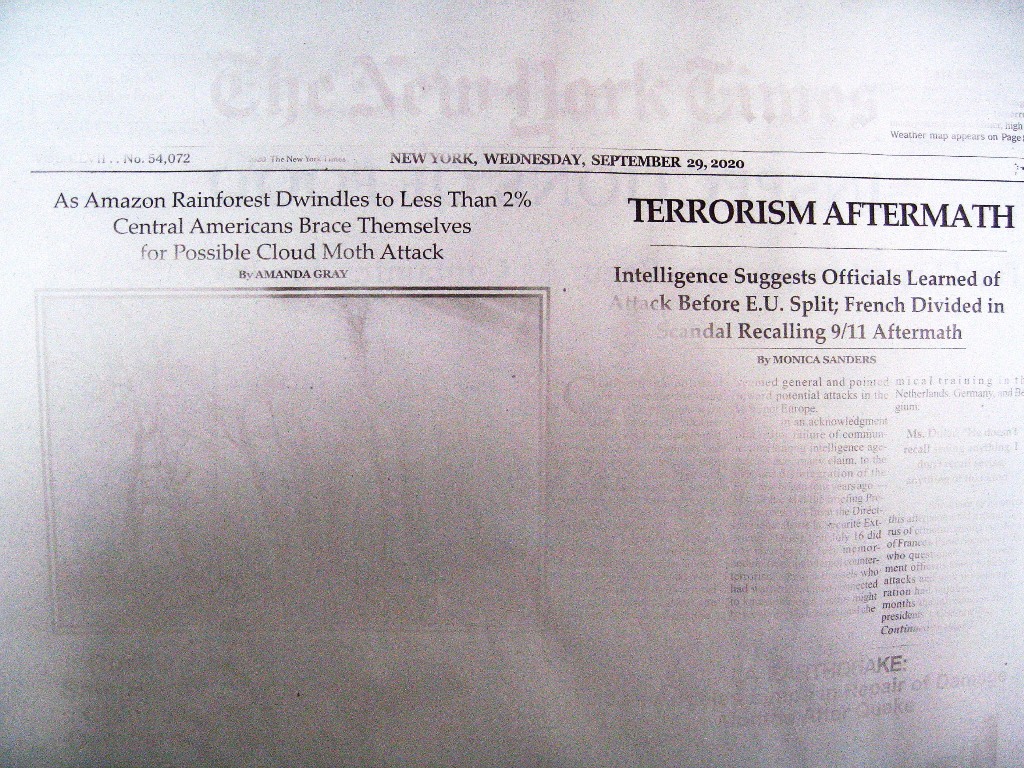
Phantoms, Facts & Fictions An interview with Agnieszka Kurant
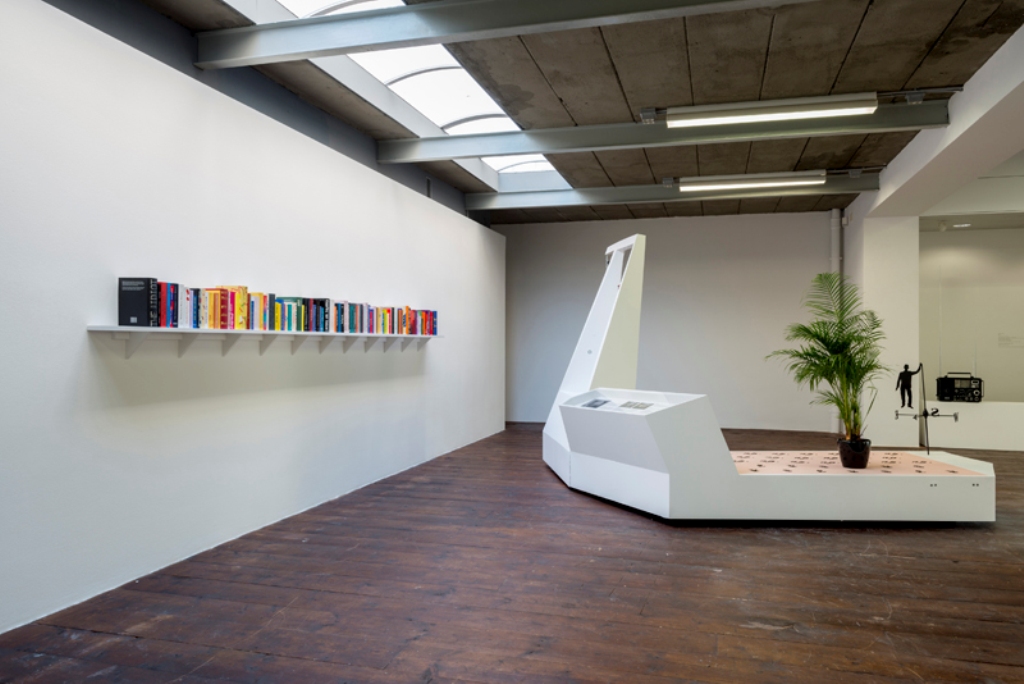
Related to her first solo show in The Netherlands at Stroom Den Haag Agnieszka Kurant is interviewed by Jenny Jaskey, curator of Artist’s Space in New York.
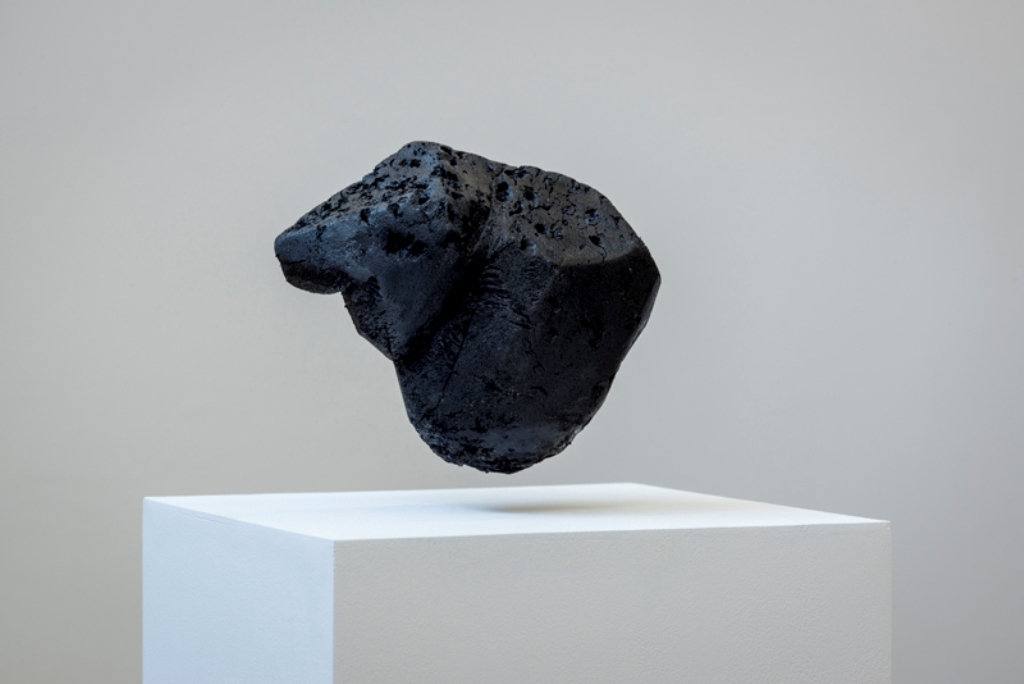
You have recently realized a series of artworks for your exhibition at Stroom in The Hague that are partially your own, but whose final forms rely on a complex web of participants, some no longer living. How did you come to begin Phantom Estate?
A close friend of Broodthaers once described to me how after the artist’s death, his estate would release objects to the art market that were assembled using notes, footnotes, photos and other research material about future unrealized projects. They were released to the art market as Broodthaers artworks even though he was not present to finish them or to give them a form. It made me think about how much speculation, manipulation and forgery is possibly present in conceptual artists’ estates, but at the same time, about what it means to forge a conceptual work. It’s different from replicating an image or technique, from what it would take to copy a Picasso, for example. It’s basically about copying a thought process, which itself becomes a thought process involving creativity and intelligence, ultimately leading to a new work.
Jean Yves Jouannais has a book Artistes sans œuvres (Artists without Artworks) – a book about different creators who talked a lot about writing a book or making an artwork but never physically wrote or made anything. Often these “unproducers” still made it into art history or dictionaries of French literature. I thought of a reverse situation, of “artworks without authors” – works that are born within conversations and sometimes become rumors or free floating ideas but are never materialized because of a pre-mature death of a given artist or because it is difficult to determine whose idea it was if it was born out of mutual inspiration and triggering ideas by two or three people in the same room.
Following some of these ideas, Phantom Estate consists of several phantom works: pieces based on unfinished, barely mentioned and rumored works of deceased conceptual artists including Marcel Broodthaers, Guy de Cointet, Lee Lozano, Edward Krasinski, Gino de Dominicis et al. I am collaborating with the architect Didier Faustino on the display structure, which is also inspired by my ongoing dialog with the renowned artificial intelligence scientist Luc Steels.
In these works, you’re collaborating with these conceptual artists too, in a very unorthodox sense. Or rather, you’re productively plagiarizing them, by making a work that is, as you once jokingly put it, 30% Broodthaers. You seem interested in instigating collective situations that acknowledge distributed authorship.
I’m very interested in collective intelligence and how certain forms emerge out of the micro decisions and micro contributions of thousands or sometimes millions of people. Wikipedia is an obvious example but nowadays there are platforms such as Amazon’s Mechanical Turk, which is a collective intelligence work tool that is still about to witness it’s potential new functions.
Complexity scientists such as Philip Ball or Andrzej Nowak, who have collaborated with me in the past, explain how collective intelligence is tied to the concept of a “system”—a set of parts or elements that have relationships among them differentiated from relationships with other elements outside the relational regime. Complexity expresses a condition of numerous elements in a system and numerous forms of relationships among the elements. The coordinated system manifests properties not carried or dictated by individual parts, and so its behavioiur is said to “emerge” without any “guiding hand”.
Emergence is a helpful term here, as it underscores the self-organizing behavior of things, as opposed to Aristotle’s “hylomorphic” model, which implicitly supports the idea that we can simply apply form to inert dumb matter from above. I would argue that to the detriment of a robust and nuanced materialist ontology, many in the art field have continued to conceive of art making and authorship within a hylomorphic framework.
[answer Agnieszka Kurant]As you say, for Aristotle, an object had a clear purpose set by its designer. His was a very teleological notion of design. But as we learn from complexity science, anything that has a secondary use, and one you did not pay for, will present an extra opportunity should a heretofore unknown application emerge or a new environment appear. You don’t know today what may be needed tomorrow.
We should be prepared for the fact that the next large surprise (or the next “unknown unknown”), technological or historical, will not resemble what we have in mind
A similar idea is expressed by philosopher Manuel DeLanda, when he talks about emergence and object capacity. He uses this latter term to distinguish between the fixed aspects an individual retains no matter where it goes — its properties — with things about the entity that can only be actualized through its relations with other things. The latter requires a sort of contagion or coupling between different individuals, or as he states it: “a capacity to affect always goes with a capacity to be affected.” To demonstrate the distinction, DeLanda gives the simple example of a knife. While in property it may be sharp, long, and flat, its capacity consists of its ability to cut and be cut. The cutting of a piece of fruit, for instance, actualizes the knife’s capacity as a discrete event — the cut.
What is interesting about Delanda’s understanding of capacity is how it so prominently accounts for the “contingent coevolution” of things, in which various affectual couplings reveal new aspects of an object and give rise to different potentialities in different configurations. It is a term that sits close to performativity, because to exert its capacities, an object must act, as opposed to merely contain or represent, what it is. Understanding the capacity of objects thus necessitates an investigative or experimental mode, because it is always about forming and reforming new modes of assembly: when an object touches this, moves there, gathers these people, or those ideas, what about that object is released? What do we learn about it in that very moment of “the cut”?
Complexity science seems very close to this idea, even to exploit it. It postulates that the organism with the largest number of secondary uses is the one that will gain the most from environmental randomness and epistemic opacity. For example, forty years ago, Aspirin’s raison d’être was its fever-reducing effect, and now it is used mostly as a blood thinner to avoid heart attacks. Objects seem to have invisible but significant auxiliary functions that we are not aware of consciously, but that allow them to thrive—and on occasion the auxiliary function becomes the principal one. This is certainly the case with many engineering applications, in which tools emerge from other tools.
We should be prepared for the fact that the next large surprise (or the next “unknown unknown”), technological or historical, will not resemble what we have in mind because of the non-linear processes that operate in nature and culture.
You mentioned the idea of a cut and the potentialities that De Landa talks about. This is precisely what brought me to realize Cutaways – my interest in potential, phantom characters and surplus narratives —the invisible universe of characters that have been completely deleted from the final cut of feature films, leaving no apparent trace in the stories yet strangely belonging to them—a sort of no man’s land, populated by these characters and their deleted narratives. I have been interested in the notion of exformation, often used by David Foster Wallace and originally coined by Danish science writer Tor Nørretranders as explicitly discarded information – the information we do not get but which still plays a crucial role in the narratives that surround us. I am also interested in editing as intellectual and political tool.
As a curator, I too work in an interdisciplinary manner, and quite consciously so. I am interested in how philosophical or scientific thinking can come alongside artistic work and provoke a new set of questions, set a new agenda even, for art. As we learn more about how geological or biological systems work, for example, this may change our approach to aesthetics entirely. I’ve been asking myself in recent years what an art that proceeds or exceeds the human would be like, as emergence makes new demands on “the human” and human perception itself in light of its becoming and undoing. You’ve worked closely with cognitive scientists, political theorists, and a range of more objective thinkers in your latest work, and I wonder how they have changed your approach or emphasis?
When Luc Steels showed me how the robots are starting to develop a language from scratch, how they are trying to establish communication, I witnessed something that made me think that the computer HAL’s agency in 2001 Space Odyssey is not only a science fiction concept. I started to think about the fact that artworks could also have their own point of view, subjectivity and agenda. I thought of intelligent artworks as organisms, as living beings. Phantom Estate is in fact, not only an artwork but a micro institution –an intelligent museum that changes shape and performs a random movement following its own motivations. This concept is strongly connected to my reading of Michael Serres idea of quasi objects, or what Bruno Latour calls “non-human resources”. Instead of “pure” objects, we have quasi-objects, which are part textual, part flesh, part mineral, part computer code, part cultural belief, part meteorological, part geographical, etc. Even the Internet is not something merely constructed. Often the Internet “crashes” with as much unpredictability as the arrival of a hailstorm. It is a complex system.
Speaking of Latour, you often talk about your works as hybrids, which of course makes me think of how he speaks of actant-networks of varying potentialities.
I am interested in hybrid status/form/format/meaning/value/aura/authorship of objects and in transformations of objects and ideas. For example a-temporal objects are impossible to classify as belonging to the past, present or the future, as analysed by Bruce Sterling, who introduced notions such as the gizmo or spime to draw attention to new kinds of objects that are products of the development of civilization and culture. For me hybridity is also related to the amount of fiction constituting our sense of the real, fiction being very often a constitutive factor for the establishment of truth, something that can be observed through the way that contemporary economists introduce fiction into new economic theories.
A TRANSLATED VERSION OF THIS INTERVIEW WAS PUBLISHED IN METROPOLIS M No 6-2013-2014
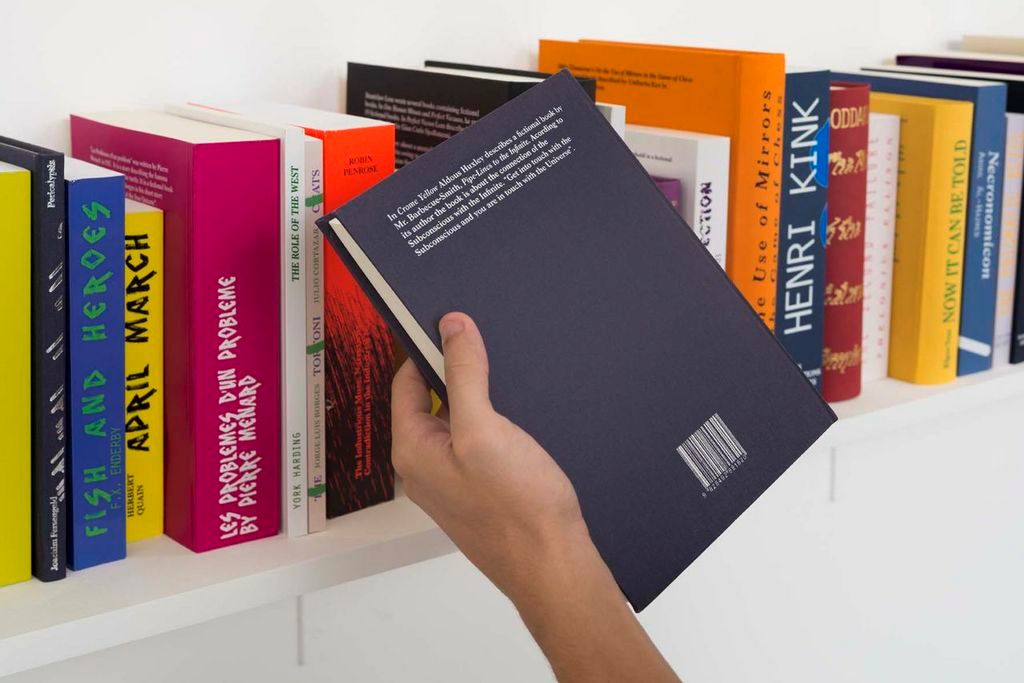
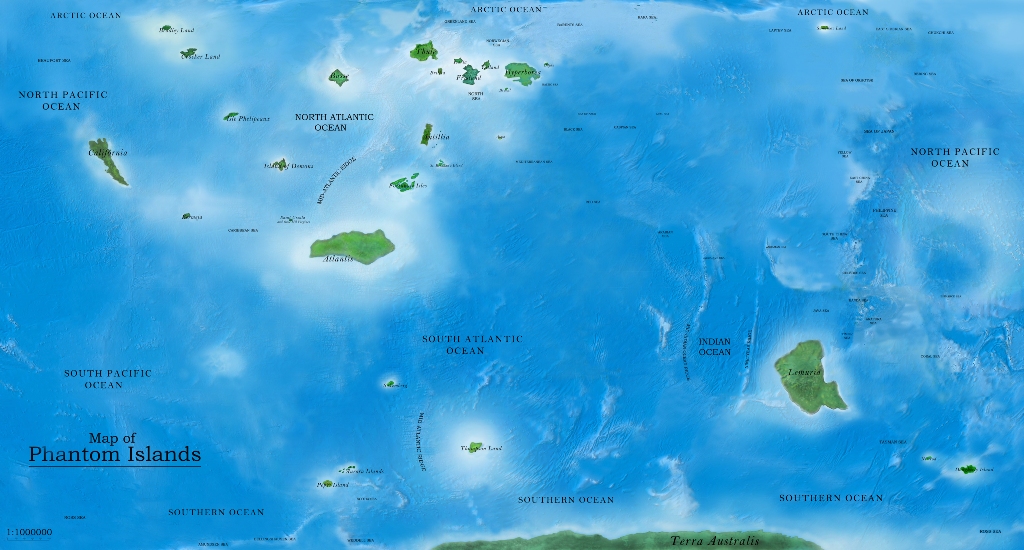
Agnieszka Kurant
Exformation
Stroom Den Haag
30 November t/m 23 February
An evening around the work of Agnieszka Kurant in concurrence with her exhibition exformation. With contributions by: Agnieszka Kurant, Diedrich Diederichsen, Pieter Fleury and James Richards
Thursday 6 February 2014, 16.30 hrs, Location: Stroom Den Haag, Hogewal 1-9. The Hague. Doors open at 16.30 hrs, when soup + bread is served. The first lecture starts at 17.30 hrs sharp!
Jenny Jaskey


